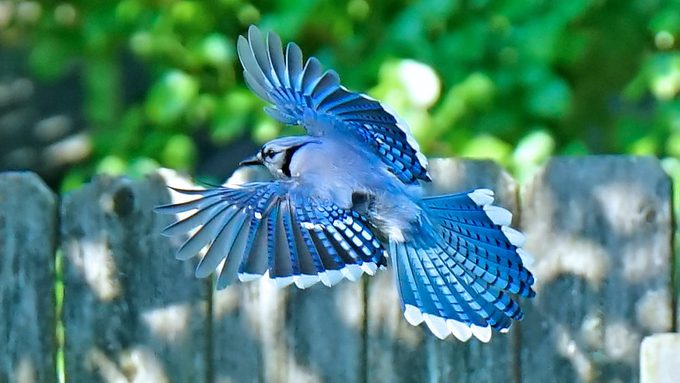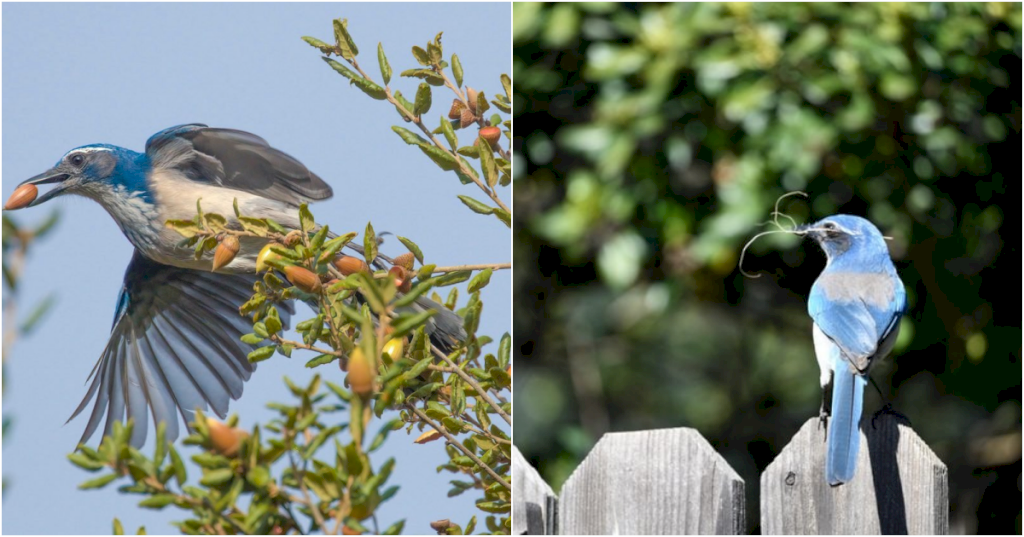
The blue jay, with its distinctive blue and white feathers, black necklace, and pointed crest, is a common sight in the eastern half of the United States. As a member of the corvid family, this bird is known for its feisty, loud, and intelligent behavior. Its natural habitat is in deciduous forests where it feeds on both seeds and insects, but its adaptable diet allows it to easily expand its territory to new habitats.
With the increasing number of people moving westward, planting trees, and putting up bird feeders, blue jays are now making themselves at home in more western backyards. According to Tim Meehan, a quantitative ecologist for the National Audubon Society, these birds have been able to spread their range by hopping from one yard to the next, creating ecological stepping stones.
Data collected during the Christmas Bird Count over the past century show that blue jays started appearing in western regions by the 1960s. Today, they are full-time residents in many of these areas, with sightings reported as far north as Washington and British Columbia.

Bob Krouse kindly provided the image of a young blue jay. Blue jays tend to mate for life and construct their nests at a height of 10 to 25 feet in the outer branches of trees. They are known for being fiercely territorial and will attack anything they perceive as a threat to their domain. During the breeding season from March to August, blue jays are commonly found all over Boulder, Colorado; however, after this period, the young are compelled to search for their own habitat, which results in the expansion of the jay’s range.
According to Tim, the winter brings about a similar pattern for blue jays. Unlike other songbirds that migrate long distances, blue jays tend to move south in certain areas like Canadian provinces with mild winters, but only when necessary. If you want to attract blue jays to your backyard, it’s best to install feeding platforms near shrubs for cover and stock them with peanuts, fruit, sunflower seeds, and mealworms. Suet feeders are also popular among blue jays. Additionally, providing trees such as American beech or native oak trees can offer a source of food and a safe place for nesting. Bird baths are equally appreciated, especially in areas with little rain. In comparison to Steller’s Jays, blue jays have their unique characteristics and preferences.

Gary Hale has shared a photograph of a blue jay soaring through the air. Despite the species’ expansion into new areas, it seems that other corvids already settled in the West, such as Steller’s jays, remain unaffected. This is possibly due to the blue jays inhabiting a distinct type of environment, thus occupying a vacant ecological niche.

Meet the Steller’s Jay, a bird species that shares some similarities with Blue Jays in terms of appearance. However, while Blue Jays exhibit vibrant blue and white feathers, Steller’s Jays sport a darker coloration on their heads and a deep blue tone on their body and tail.




